How Often Should a Gardener Come? Tips for a Lush Lawn Year-Round
Keeping your garden looking its best takes regular care and attention. How often should a gardener come? For most gardens, having a gardener visit once a week is usually enough to keep everything in check. Regular visits help with tasks like weeding, pruning, and mowing, ensuring your garden stays neat and healthy.
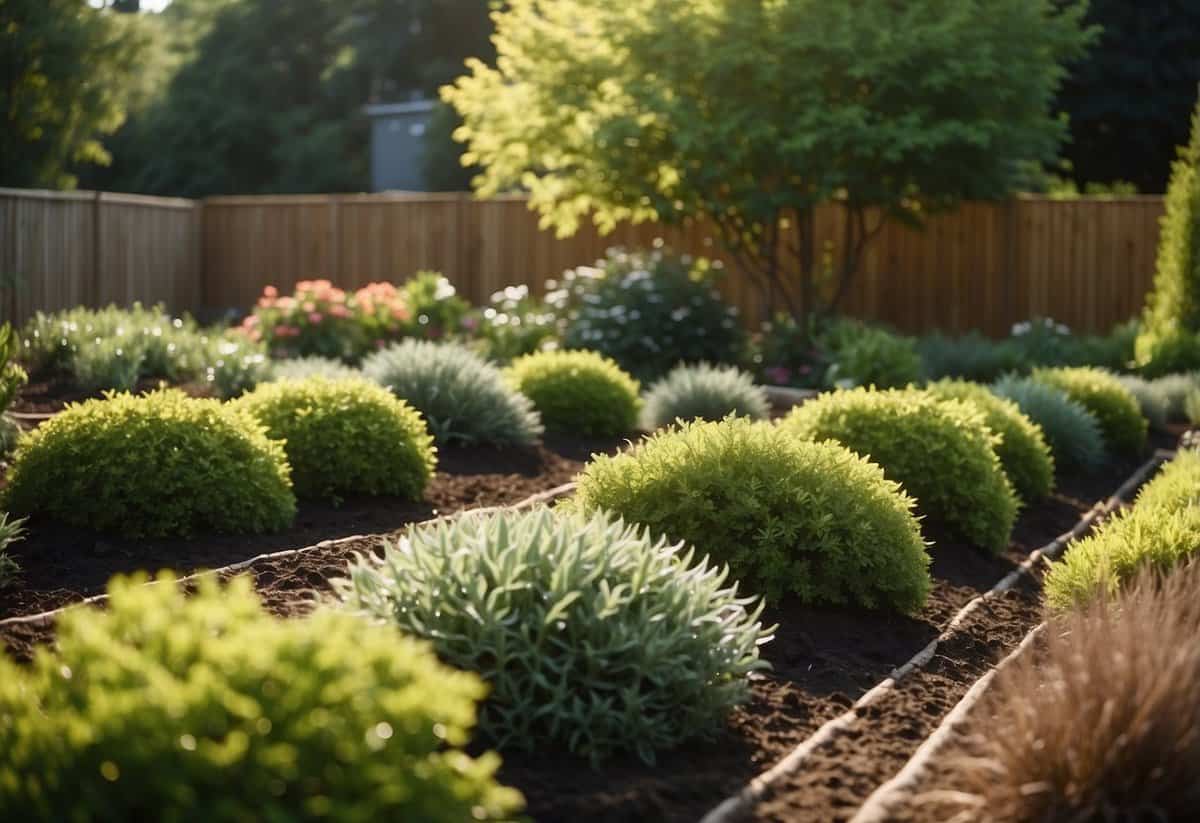
If you have a large property or more complex gardening needs, you might need more frequent visits. For instance, exotic plants that aren’t native to your area may require extra care, sometimes needing a gardener twice a week. Additionally, during the growing season, some gardeners recommend bi-weekly or monthly check-ins to maintain the garden’s health.
Whether your garden is urban or suburban, professional garden services can tailor their visits to fit your specific needs. By understanding how often you need assistance, you can enjoy a beautiful, well-maintained garden all year round.
Evaluating Your Garden’s Needs
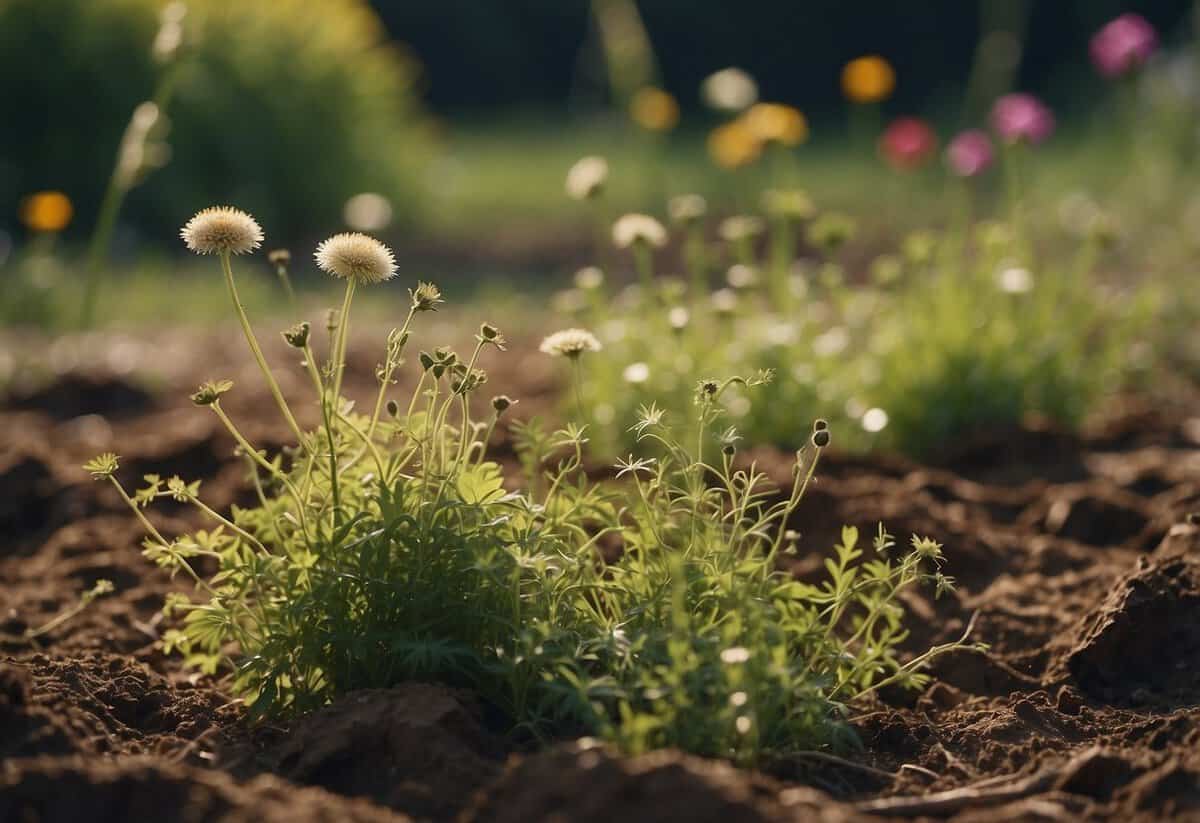
To determine how often your gardener should visit, you need to evaluate various factors like plant types, soil, climate, and required maintenance tasks. This can help you create a schedule suited to your garden’s unique requirements.
Assessing Plant Varieties and Soil Type
Look at the types of plants you have in your garden. Different plants have different care needs. For instance, exotic plants often need more attention than native plants. Check if your plants need frequent pruning, watering, or fertilizing.
Soil type is also crucial. Conduct a soil test to understand its composition. Sandy soil might need more frequent watering compared to loamy soil. Knowing your soil type helps in planning the right garden maintenance schedule.
Understanding the Growing Season and Climate
The growing season and climate greatly affect how often you need a gardener. In warmer climates, plants tend to grow faster, requiring more frequent maintenance. During peak growing seasons, gardeners may need to visit more often to tackle tasks like weeding and harvesting.
Climate conditions such as rainfall and temperature also impact garden needs. For example, dry climates might require more irrigation. By understanding your local climate, you can ensure your garden gets the necessary care year-round.
Determining Maintenance Tasks
Identify the key maintenance tasks your garden needs. Common tasks include weeding, pruning, fertilizing, and mowing. Some gardens might have special requirements like pest control or irrigation system checks.
Create a list of these tasks and note how often each should be done. For example, lawns might need mowing weekly, while pruning might be required monthly. This list will help you and your gardener decide on a suitable schedule for visits.
Developing a Garden Care Schedule
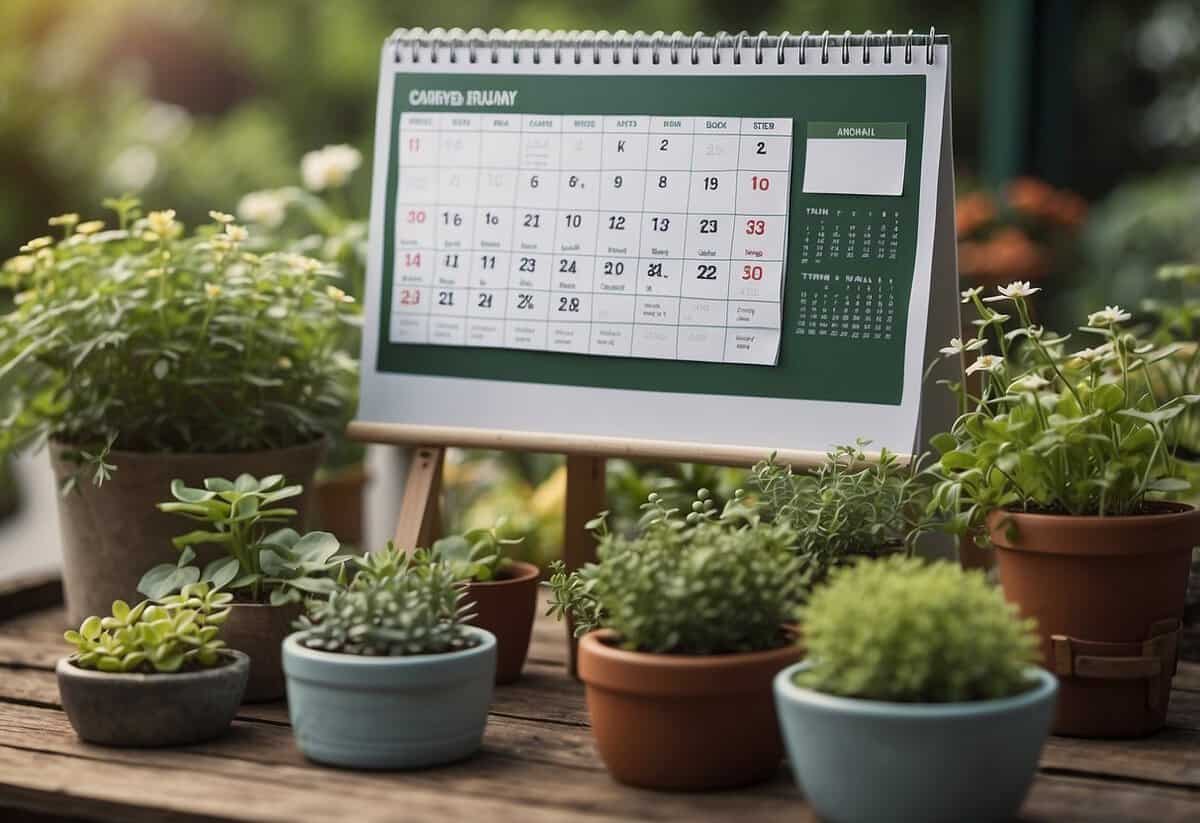
Creating a garden care schedule helps keep your plants healthy and your garden looking its best. By planning routines for important tasks like watering, fertilizing, weeding, mulching, pruning, and trimming, you can ensure your garden thrives throughout the year.
Watering and Fertilizing Routines
Watering is crucial for plant health. It’s best to water deeply and less frequently rather than giving your plants a little water every day. Generally, aim to water your garden about once or twice a week, making sure the soil is moist down to the roots.
Fertilizing keeps your plants well-nourished. Use a balanced fertilizer approximately every four to six weeks during the growing season. For instance, a 10-10-10 NPK (Nitrogen, Phosphorus, Potassium) formula works well for many gardens. Be mindful not to over-fertilize, as this can harm your plants.
Tip: Water early in the morning to reduce evaporation and allow leaves to dry, preventing diseases.
Weeding and Mulching Frequency
Weeding is essential to keep your garden beds clean and free from competition. It’s best to weed your garden once a week. Removing weeds early prevents them from taking over and stealing nutrients from your plants.
Mulching is a great way to control weeds and retain soil moisture. Apply a 2-3 inch layer of mulch around your plants. Organic mulches like wood chips, straw, or leaves work well. Refresh the mulch at least twice a year, ideally in spring and fall.
Tip: Hand-pulling weeds after rain makes the task easier and more effective.
Pruning and Trimming Schedule
Pruning keeps your plants healthy and promotes better growth. The best time to prune most plants is in late winter or early spring before new growth starts. Focus on removing dead or diseased branches and shaping the plant.
For hedges and fast-growing shrubs, trimming may need to be done more frequently, about every 4-6 weeks during the growing season. Regular trimming maintains their shape and encourages lush growth.
Tip: Use sharp, clean tools to make precise cuts and avoid spreading diseases.
By following these routines, you can keep your garden looking beautiful and vibrant with less effort.
Optimizing Garden Health

Keeping your garden healthy involves regular checks for pests and diseases, enriching the soil with compost, and maintaining your lawn through seasonal overseeding and other care practices.
Pest and Disease Prevention
Regular monitoring of your garden is vital to catch pests and diseases early. Check your plants weekly for any signs of infestation or damage. Identifying problems early allows for prompt treatment.
Use organic pest control methods such as neem oil or insecticidal soap. These can effectively reduce pests without harming beneficial insects.
It’s also important to keep your garden tidy. Remove dead plants and fallen leaves, which can be breeding grounds for pests and diseases.
Rotating crops and planting pest-resistant plant varieties can also help in maintaining garden health. Companion planting, where certain plants are grown together, can deter pests naturally.
Soil Enrichment and Compost
Healthy soil is the foundation of a thriving garden. Adding compost enhances soil structure, improves drainage, and boosts nutrient content. Composting kitchen scraps and yard waste is an excellent way to create this valuable resource.
Aim to add compost to your garden beds at least once a year. This can be done in the spring or fall. Spread a layer of compost around your plants and mix it into the top few inches of soil.
Consider using organic fertilizers to further enrich the soil. These can provide essential nutrients like nitrogen, phosphorus, and potassium, which are crucial for plant growth.
Regular soil testing can help you determine what nutrients your garden soil may be lacking and adjust your composting and fertilizing practices accordingly.
Seasonal Overseeding and Lawn Care
Maintaining a healthy lawn involves overseeing and regular lawn care. Overseeding involves spreading grass seed over your lawn to fill in thin areas and promote a thicker, healthier lawn.
The best time for overseeding depends on your climate, but it’s typically done in the fall or spring. Use a spreader for even seed distribution and keep the soil consistently moist until the new grass is established.
Regular mowing, watering, and feeding are also crucial. Water deeply but infrequently to encourage deep root growth. Use a balanced, slow-release fertilizer to provide continuous nutrients.
Weed control is another important aspect of lawn care. Keep an eye out for weeds and remove them promptly to prevent competition for nutrients and space.
Gardener Services and Considerations
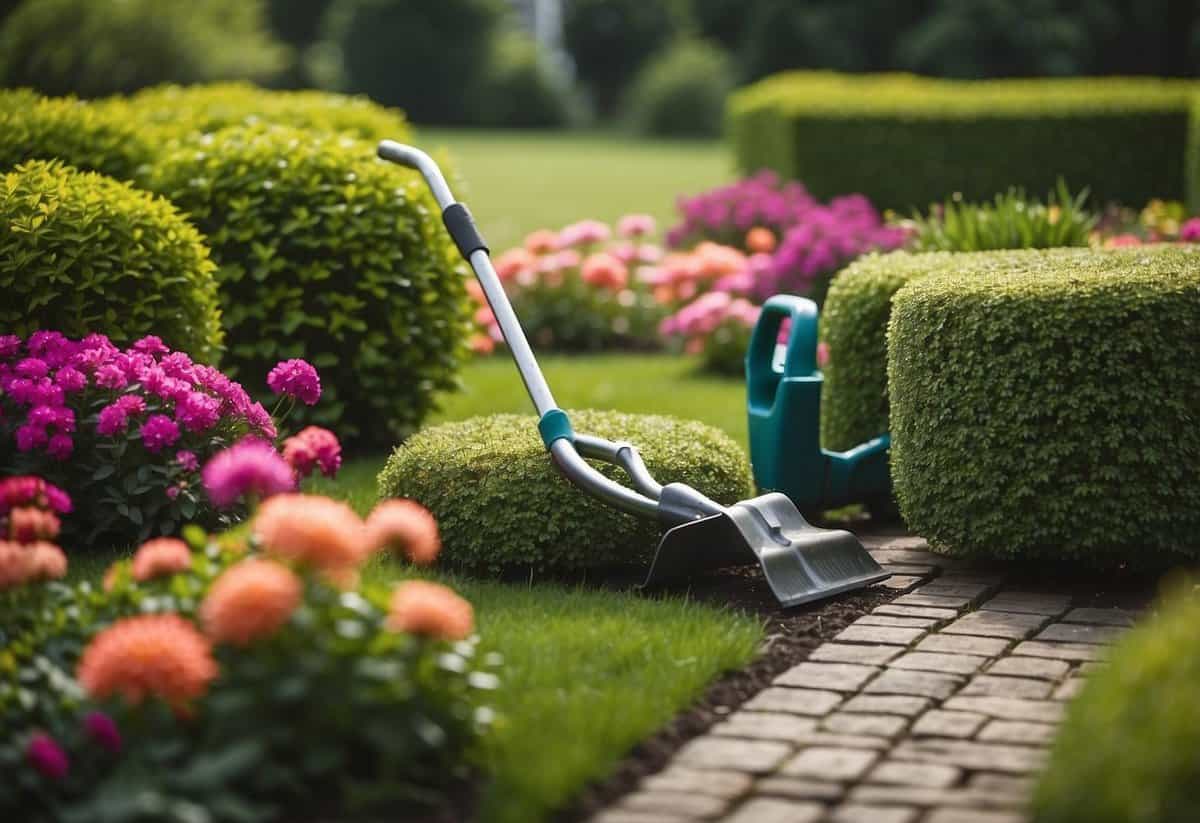
When hiring a gardener, there are several aspects to consider to ensure your garden remains healthy. You need to choose the right gardener, understand insurance requirements, and interpret garden service quotes effectively.
Choosing the Right Gardener or Garden Service
Selecting the right gardener or garden service is crucial. Ask for recommendations from friends or neighbors. Check online reviews on sites like Angi or Hunker. Compare costs and services offered. Make sure the services match your needs, whether it’s regular lawn mowing or more specialized tasks like shrub trimming. Confirm the gardener’s experience and ask about their approach to garden maintenance. Good communication and a clear understanding of your garden’s needs are key.
Insurance and Liability Questions
When hiring a gardener, it’s essential to address insurance and liability. Ensure the gardener has proper insurance coverage to protect against accidents or damage. Ask if they have liability insurance and request to see proof. This can shield you from potential legal issues if an injury occurs on your property. Discuss who is responsible for damages during work. Understanding these liability questions can provide peace of mind and safeguard both parties involved.
Understanding Garden Service Quotes
Interpreting garden service quotes helps you understand what you are paying for. Ask for detailed estimates that break down costs for specific services like mowing, trimming, or weeding. Verify if prices are hourly or per visit. For example, gardeners can charge $50 to $100 per hour. Some may offer discounts for regular maintenance plans. Check for any additional fees or extra services included. Clear, itemized quotes prevent surprise charges and help you budget effectively.
Tools and Techniques for Efficient Gardening
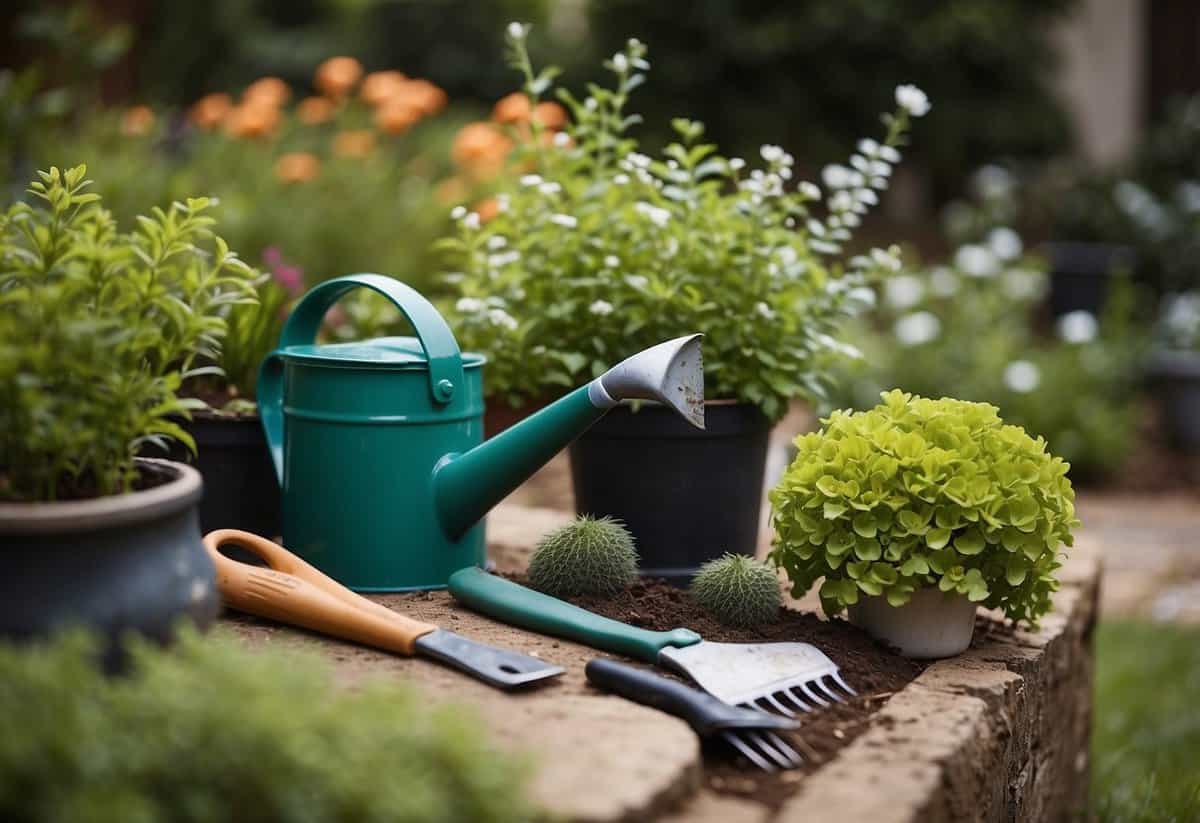
Using the right tools and techniques can make your gardening easier and more effective. Here are some essentials:
Garden Tools:
- Spade: Great for digging and moving soil.
- Hand Trowel: Perfect for planting seedlings.
- Pruning Shears: Essential for cutting stems and pruning plants.
- Garden Fork: Helps in loosening and aerating the soil.
Watering Techniques:
- Watering Can: Useful for small gardens.
- Drip Irrigation: Efficient for ensuring plants get steady water supply with minimal waste.
- Rainfall: Depending on natural rainfall can save water and time.
Soil and Planting:
- Raised Beds: Ideal for better control of soil quality and drainage.
- Soil Types: Knowing your soil type helps in choosing the right plants and amendments. Sandy, clay, loamy.
- Seedlings: Start with healthy seedlings to give your garden the best chance to thrive.
Pest Control:
- Use natural methods like introducing predator insects.
- Consider organic sprays or neem oil to handle common pests.
Having the right tools and techniques makes gardening enjoyable and productive. Whether you’re managing soil types or controlling pests, each step adds to your garden’s success.







